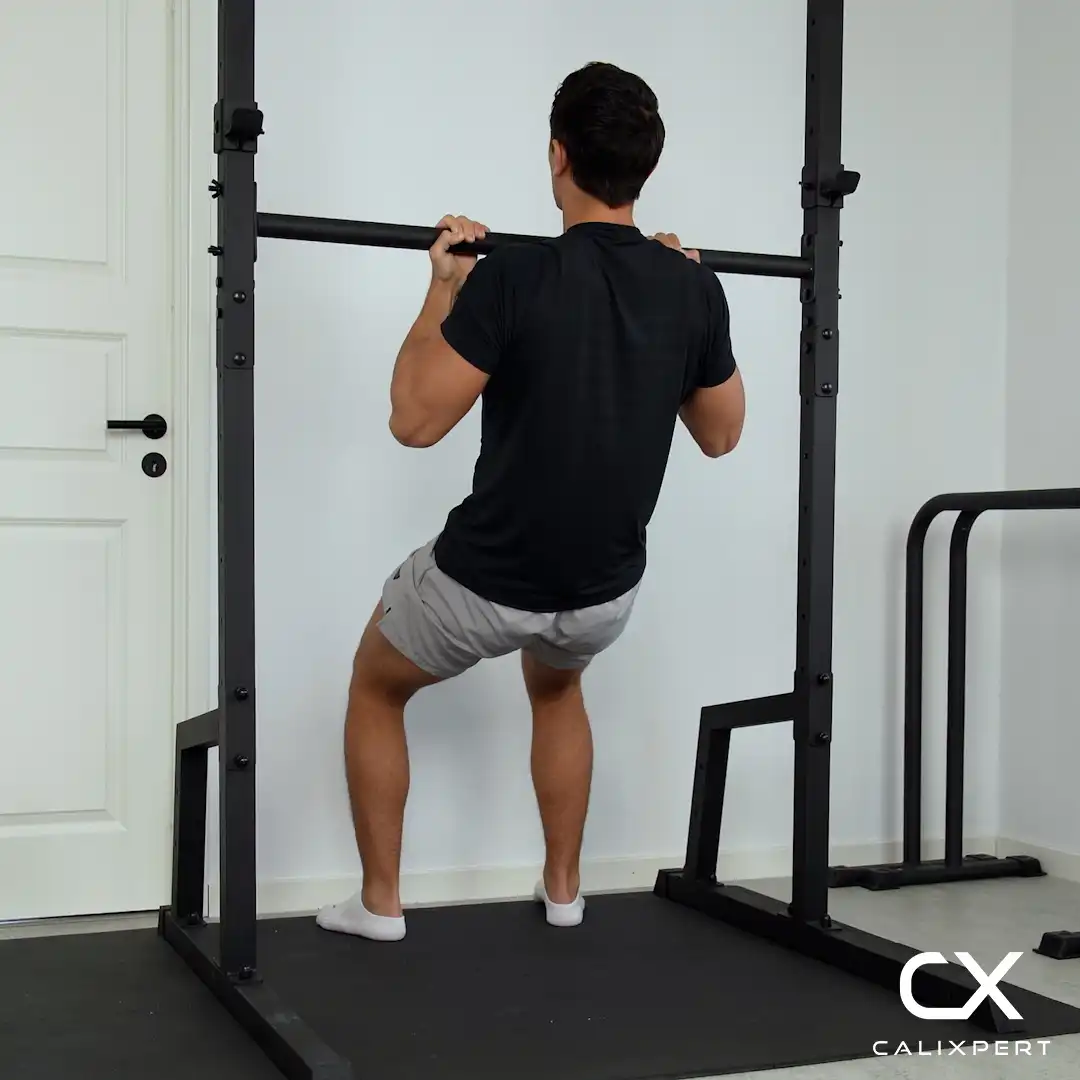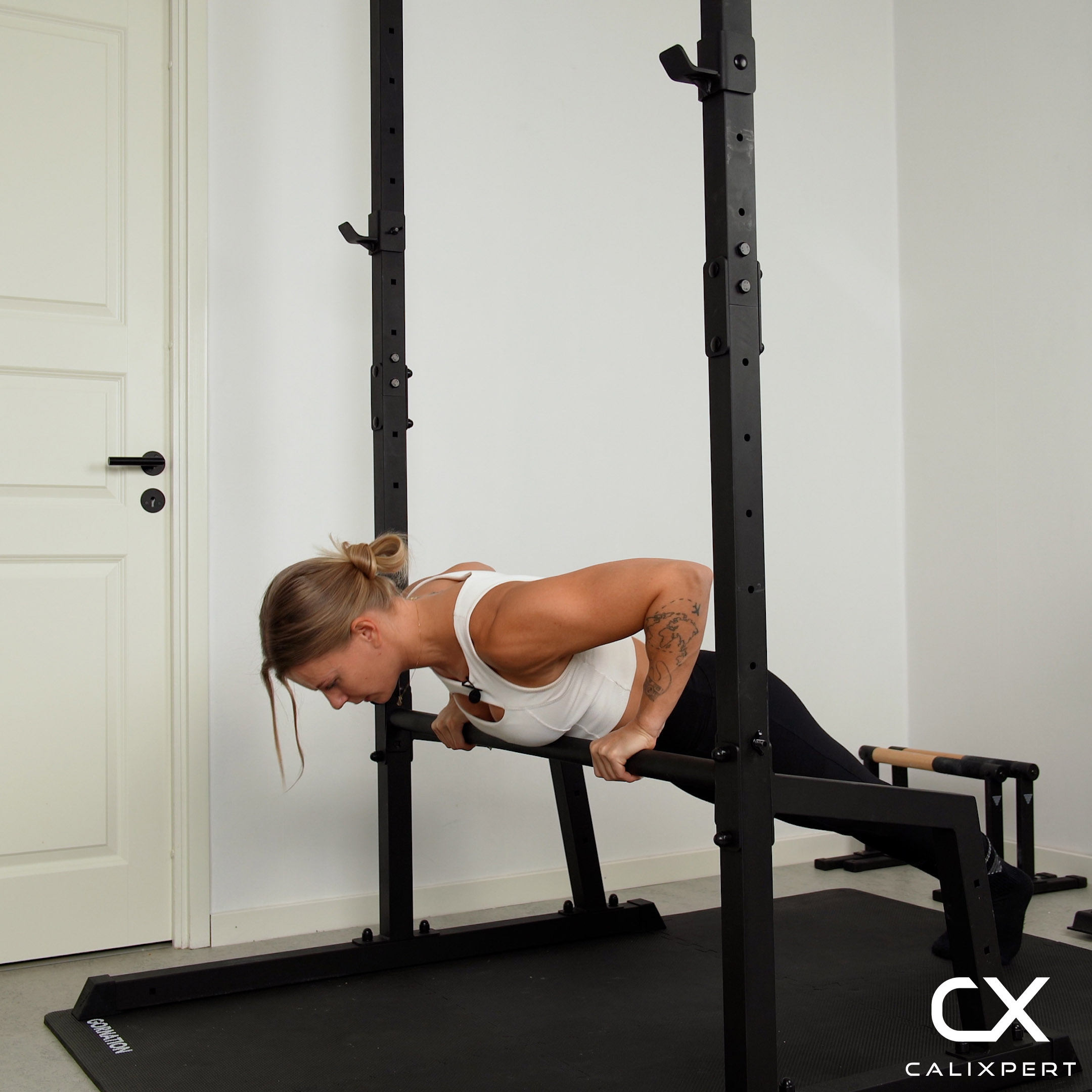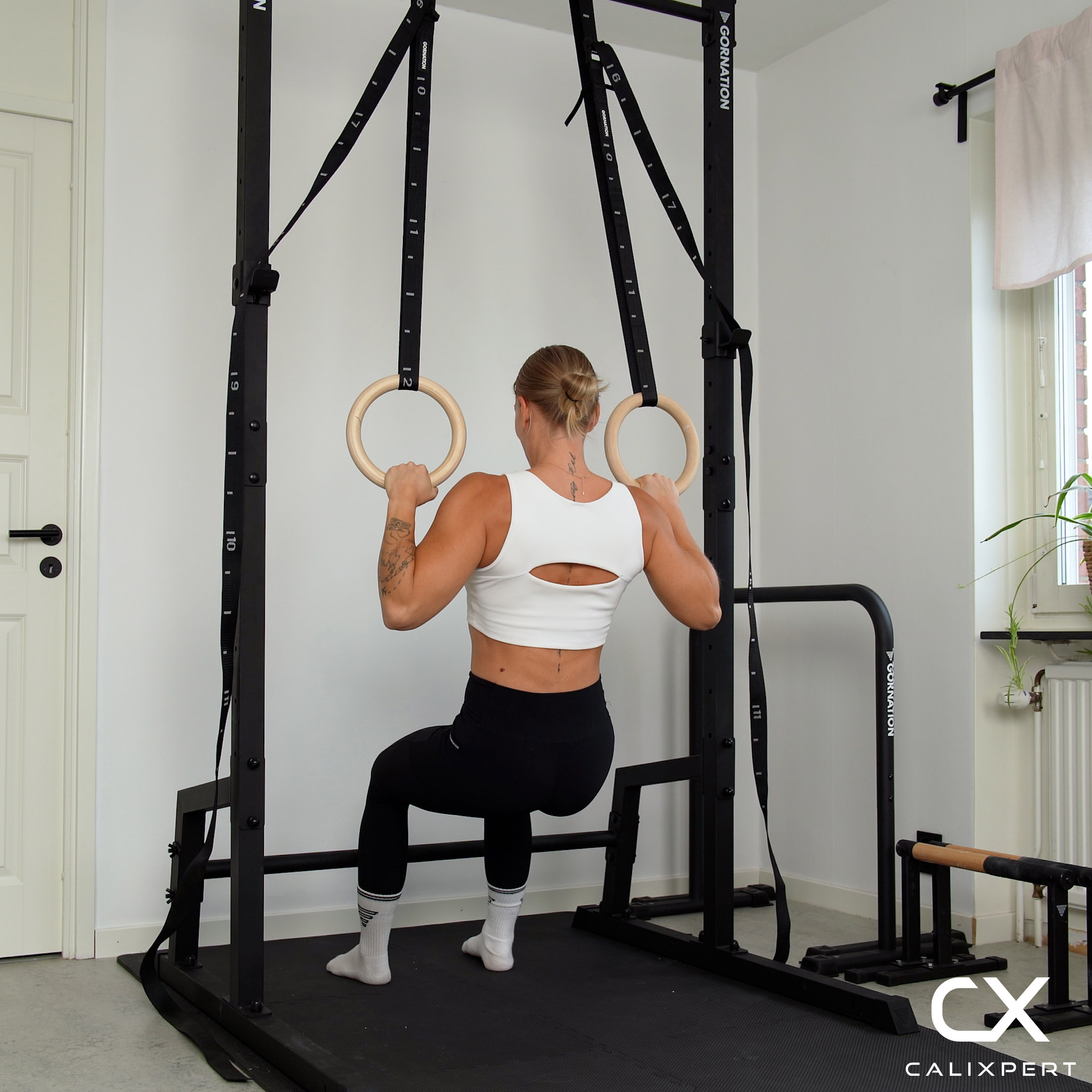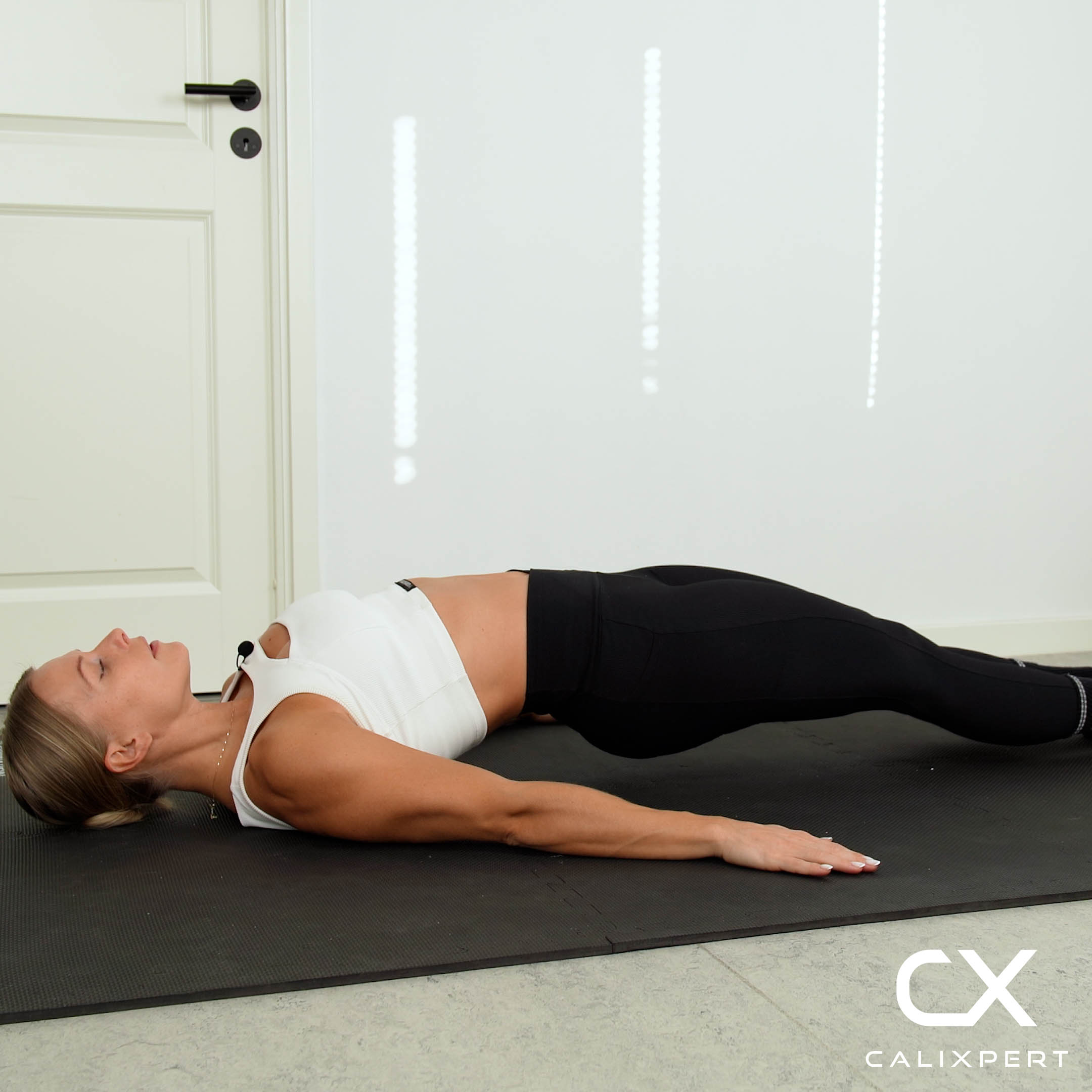How to Do Assisted Negative Pull-Up
Assisted negative pull-ups are a great way to build strength for full pull-ups. This exercise focuses on the lowering phase, helping to improve muscle control and endurance. Key points include maintaining a controlled descent and engaging the back muscles throughout the movement.
Step By Step Guide to Properly Execute Assisted Negative Pull-Up
- Starting Position
- Use a pull-up bar and a resistance band or a partner for assistance. Stand on a platform or jump to get your chin above the bar, gripping it with palms facing away, shoulder-width apart.
- Execution
- Engage your core and back muscles, then slowly begin to lower your body in a controlled manner, focusing on the descent.
- Top Position
- Hold the top position briefly with your chin above the bar, ensuring your shoulders are down and back.
- Lowering Phase
- Gradually lower yourself until your arms are fully extended. Keep the movement slow and controlled to maximize muscle engagement.
Benefits of Assisted Negative Pull-Up
- Builds upper body strength, particularly in the back and biceps.
- Improves muscle control and endurance.
- Helps in progressing to full pull-ups.
- Enhances grip strength.
Common Mistakes to Avoid
- Avoid dropping too quickly; focus on a slow, controlled descent.
- Do not let your shoulders shrug up; keep them down and back.
- Ensure your core is engaged to prevent swinging.
- Avoid using momentum to lower yourself; rely on muscle control.
Follow these steps and tips to master assisted negative pull-ups with proper form and efficiency.
FAQ About Assisted Negative Pull-Up
Assisted negative pull-ups are like training wheels for your pull-up journey. You start at the top of the pull-up position and slowly lower yourself down. This helps your muscles get used to the movement and builds strength. Over time, your muscles get stronger, making it easier to do a full pull-up on your own. It's a great way to practice and get stronger step by step.
Assisted negative pull-ups help beginners get stronger by focusing on the "going down" part of the pull-up. This makes your muscles work hard and get used to the movement. It's like practicing the easy part first, so you can do the whole pull-up later. Plus, it helps build confidence and makes your arms and back stronger!
Assisted negative pull-ups primarily target the back muscles, especially the latissimus dorsi. They also engage the biceps, shoulders, and forearms. Additionally, your core muscles are activated to stabilize your body during the movement. This exercise helps build strength and control, making it easier to progress to full pull-ups.
To improve endurance at the top of an assisted pull-up, try these techniques:
- Isometric Holds – Pause at the top for a few seconds, gradually increasing the duration.
- Negative Pull-Ups – Lower yourself slowly to build strength.
- Assisted Reps – Use bands or a machine to increase volume.
- Core Training – Strengthen your core with planks and related exercises for better stability.








.webp)






































.webp)





















































